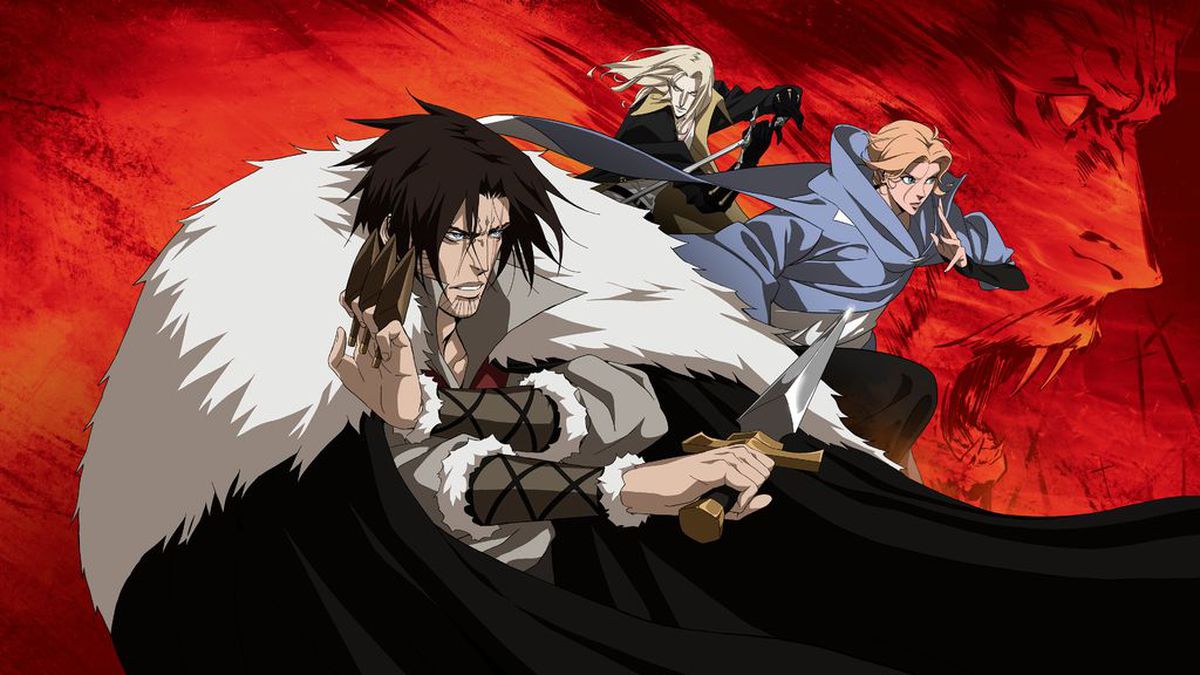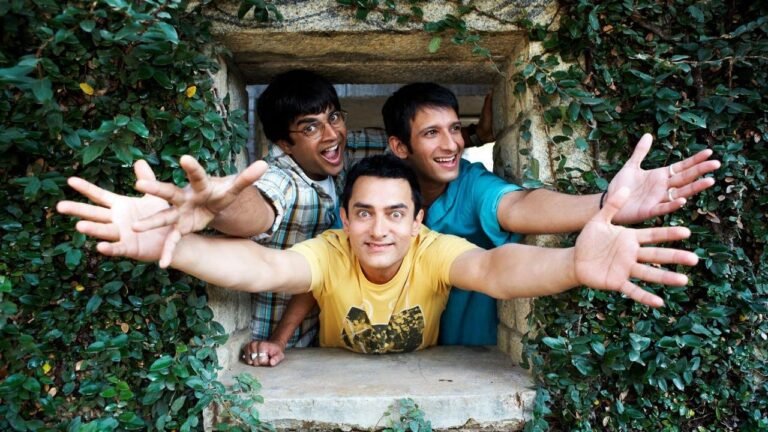
The “Castlevania” animated series, produced by Netflix and based on the popular Konami video game franchise of the same name, has garnered critical acclaim and a dedicated fan base since its debut in 2017. Created by Warren Ellis and produced by Adi Shankar, the series offers a dark, visually stunning, and narratively rich interpretation of the “Castlevania” universe. The show follows the journey of Trevor Belmont, Sypha Belnades, and Alucard as they battle against the forces of Dracula and various other dark entities. Across its four seasons, “Castlevania” has delivered a compelling blend of action, horror, and drama. This article ranks the four seasons from worst to best, considering storytelling, character development, animation quality, and overall impact.
4. Season 2

Season 2 of “Castlevania” continues the story from where the first season left off, expanding on the battle against Dracula. The season consists of eight episodes and delves deeper into the backstories of both the heroes and the villains. It introduces new characters and explores the internal conflicts within Dracula’s war council.
Pros
– Expanded Worldbuilding: The season provides a more comprehensive look at Dracula’s inner circle, introducing characters such as Hector, Isaac, and Carmilla.
– Character Development: Dracula’s motivations and tragic past are explored in greater depth, adding layers to his character.
– Spectacular Finale: The last few episodes feature intense and visually stunning battles, culminating in a dramatic and emotional showdown between Dracula and the trio of heroes.
Cons
– Pacing Issues: The season’s pacing is somewhat uneven, with several episodes feeling slow and filled with exposition.
– Secondary Characters: While new characters are introduced, not all of them receive adequate development, leaving some feeling underutilized.
Analysis
Season 2 of “Castlevania” is a mixed bag. While it excels in character development and offers a spectacular conclusion, its pacing issues and underdeveloped secondary characters slightly diminish its overall impact. The season’s strengths lie in its ability to humanize Dracula and set the stage for future conflicts, but it falls short of being the most compelling season of the series.
3. Season 1

The inaugural season of “Castlevania” is a four-episode arc that serves as an introduction to the series. It sets up the central conflict between Dracula and humanity, focusing on the tragic events that lead Dracula to declare war on the human race. The season introduces Trevor Belmont, a disillusioned monster hunter, who teams up with the magician Sypha Belnades and Dracula’s son, Alucard.
Pros
– Strong Introduction: The first season effectively establishes the dark tone and lore of the “Castlevania” universe.
– Compelling Characters: Trevor, Sypha, and Alucard are introduced as complex and engaging characters with distinct personalities.
– Visual Style: The animation and art style are dark, gritty, and visually striking, setting the series apart from other animated shows.
Cons
– Short Length: With only four episodes, the first season feels like a prologue, leaving viewers wanting more.
– Limited Scope: The season focuses primarily on setting up the story, resulting in less action and character development compared to later seasons.
Analysis
Season 1 of “Castlevania” serves as a strong and engaging introduction to the series. It effectively establishes the world and characters, laying the groundwork for the epic battles and character arcs that follow. However, its short length and limited scope prevent it from achieving the same level of depth and development as the later seasons.
2. Season 3

Season 3 of “Castlevania” takes a bold approach by expanding the story beyond the central conflict with Dracula, who was defeated in Season 2. The season consists of ten episodes and follows multiple storylines, including Trevor and Sypha’s journey to a mysterious village, Alucard’s struggle with isolation, and the political machinations of Carmilla and her sisters.
Pros
– Complex Storytelling: The season weaves together multiple storylines, each with its own intrigue and development.
– Character Exploration: Alucard’s storyline, in particular, delves into themes of loneliness and trust, adding depth to his character.
– New Threats: The introduction of new antagonists and supernatural threats keeps the series fresh and exciting.
Cons
– Uneven Focus: With multiple storylines running concurrently, some arcs receive more attention than others, leading to occasional pacing issues.
– Disjointed Narratives: The separate storylines do not converge in the way some viewers might expect, leading to a less cohesive overall narrative.
Analysis
Season 3 of “Castlevania” is ambitious and complex, offering a multifaceted exploration of the characters and the world they inhabit. While the uneven focus and disjointed narratives can be seen as drawbacks, the season’s strengths lie in its deep character development and introduction of new, compelling threats. It successfully expands the scope of the series while maintaining its dark and engaging tone.
1. Season 4

Season 4 of “Castlevania” serves as the final chapter in the series, consisting of ten episodes. It brings together the various storylines established in previous seasons, culminating in an epic and satisfying conclusion. The season focuses on the heroes’ efforts to stop a cataclysmic plot involving the resurrection of Dracula, while also addressing the lingering personal struggles of the main characters.
Pros
– Grand Finale: The season delivers a thrilling and emotional conclusion to the series, tying up loose ends and providing closure for the characters.
– Action-Packed: With intense battles and high-stakes confrontations, Season 4 offers some of the most exhilarating sequences in the series.
– Character Resolution: Each of the main characters receives a satisfying arc, with moments of growth, redemption, and reflection.
– Visual Mastery: The animation and artwork reach new heights, showcasing the series’ signature dark, gothic aesthetic in stunning detail.
Cons
– Few Pacing Issues: While generally well-paced, a few episodes may feel slower as they set up the final confrontations.
– High Expectations: As the concluding season, expectations were high, and while it largely meets them, not every fan may be satisfied with the ending choices.
Analysis
Season 4 of “Castlevania” is a fitting and powerful conclusion to the series. It expertly balances action, character development, and narrative resolution, providing an emotional and satisfying end to the epic journey. The season’s ability to cohesively bring together the various storylines and deliver on the promise of a grand finale solidifies it as the best season of the series.
The “Castlevania” series on Netflix stands as a remarkable achievement in animated storytelling, offering a rich and darkly compelling adaptation of the beloved video game franchise. Ranking the seasons from worst to best is a challenging task, as each has its own strengths and contributions to the overall narrative. While Season 2 captures the depth of Dracula’s character and expands the world, Season 1 sets a strong foundation with its compelling introduction. Season 3’s ambitious storytelling and character exploration add complexity, but it is Season 4 that ultimately delivers a grand and satisfying conclusion, making it the crowning achievement of the series. Together, these four seasons form a cohesive and unforgettable journey that has left a lasting impact on both fans and the genre of animated television.







I think all seasons on Castlevania were great. Season 3 was massive!